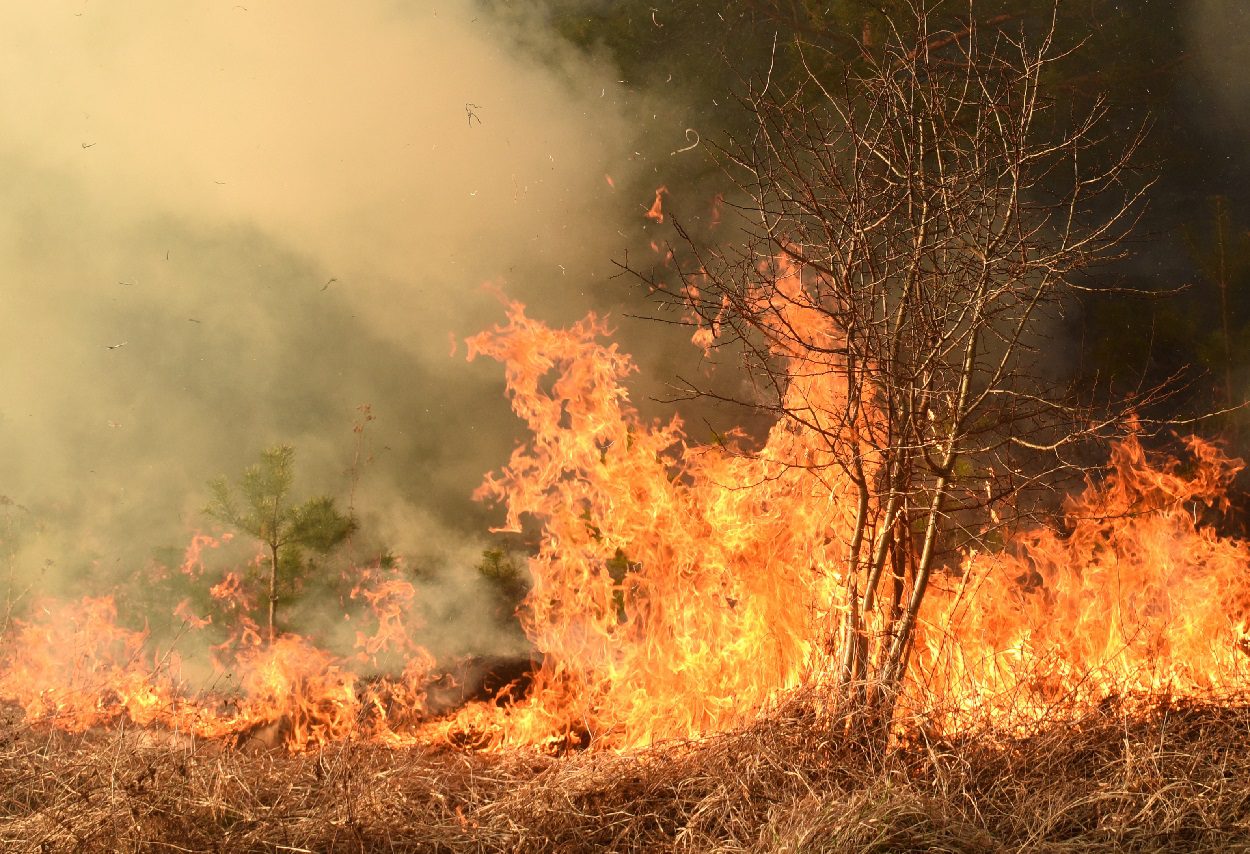Human hunter-gatherer communities were using controlled fires 11,000-years-ago to create open clearings to hunt wild grazing animals.
In a study led by the University of Barcelona (UB) and IPHES-CERCA, researchers analysed soil samples from Laguna de Villena on Spain’s southeastern Costa Blanca.
The team carried out a study on the geochemistry and sedimentary carbon content of the soil and pollen remnants. This investigation unveiled proof of controlled burning in the area during the Mesolithic era, which was likely done to alter the landscape, potentially with the goal of establishing open clearings and pastures to lure wild game for hunting.
Previously, it was believed that this practice began only during the Neolithic period around 9,000 years ago and didn’t become widespread until the Iron Age, approximately 3,000 years ago.
Abundant fuel sources were available due to the proliferation of oak and holm oak trees during a temperate and wet climatic phase. This climate likely facilitated the settlement of hunter-gatherer communities in the region, as the lagoon environment provided a diverse ecosystem for their sustenance.
The research highlights the alteration of the landscape by Mesolithic societies and a gradual aridification following a cooling climatic event 8,200 years ago. This combination disrupted the ecological equilibrium, signifying a significant shift in vegetation dynamics. Oak groves never regained their once-dominant position in the landscape, leading to the establishment of a new equilibrium characterised by the prevalence of pine forests and vegetation better suited for arid conditions.
Dr. Jordi Revelles, from the IPHES: “Despite the frequent consideration of a lesser capacity of hunter-gatherer communities in the transformation of the landscape, this work highlights the active role of the Mesolithic populations of the southeastern peninsula in the fire regime to favour open spaces in the forests”.
From the Neolithic onwards, the lower availability of fuel caused by the aridity and by agricultural and pastoral work translated into a lower intensity of fires.
Header Image Credit : Shutterstock







